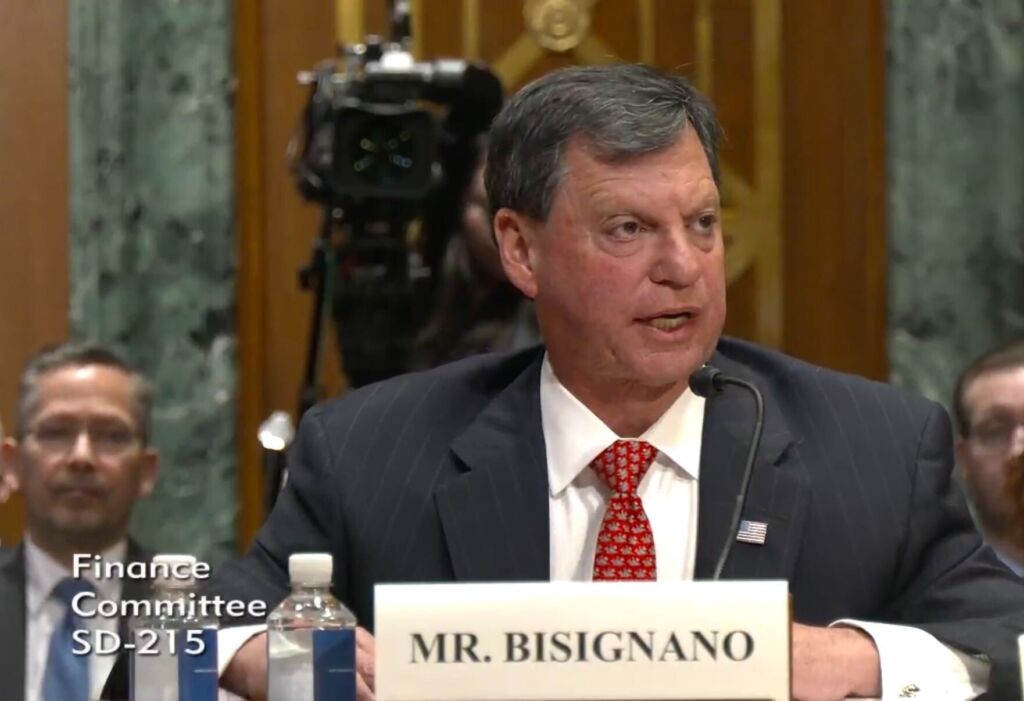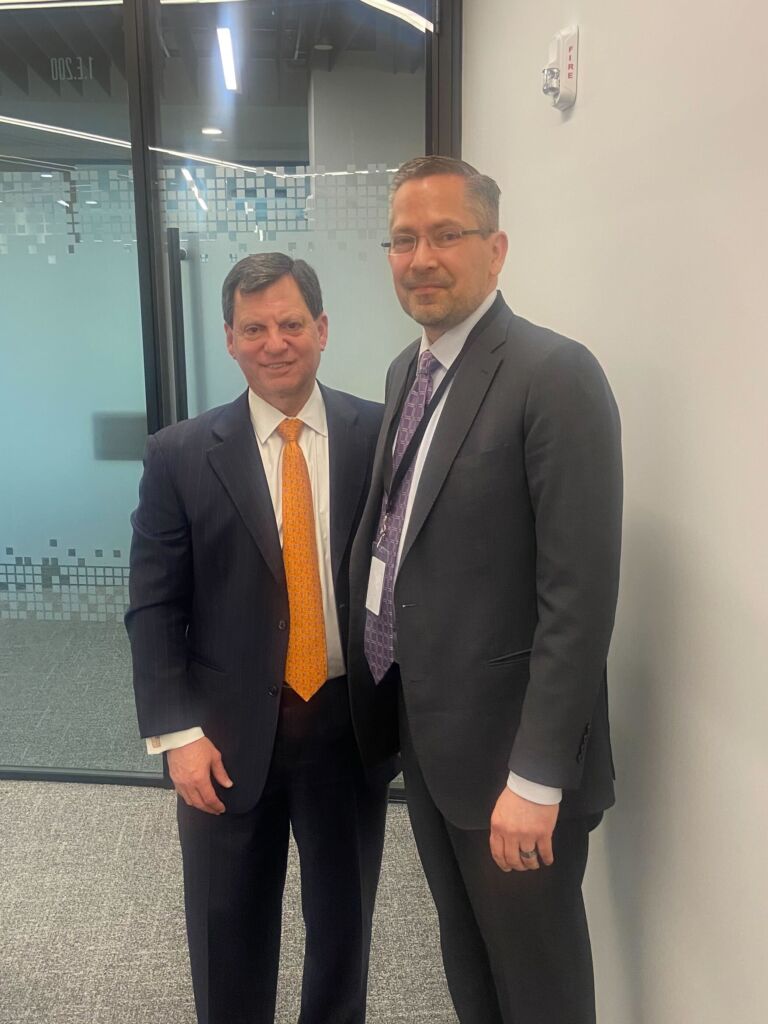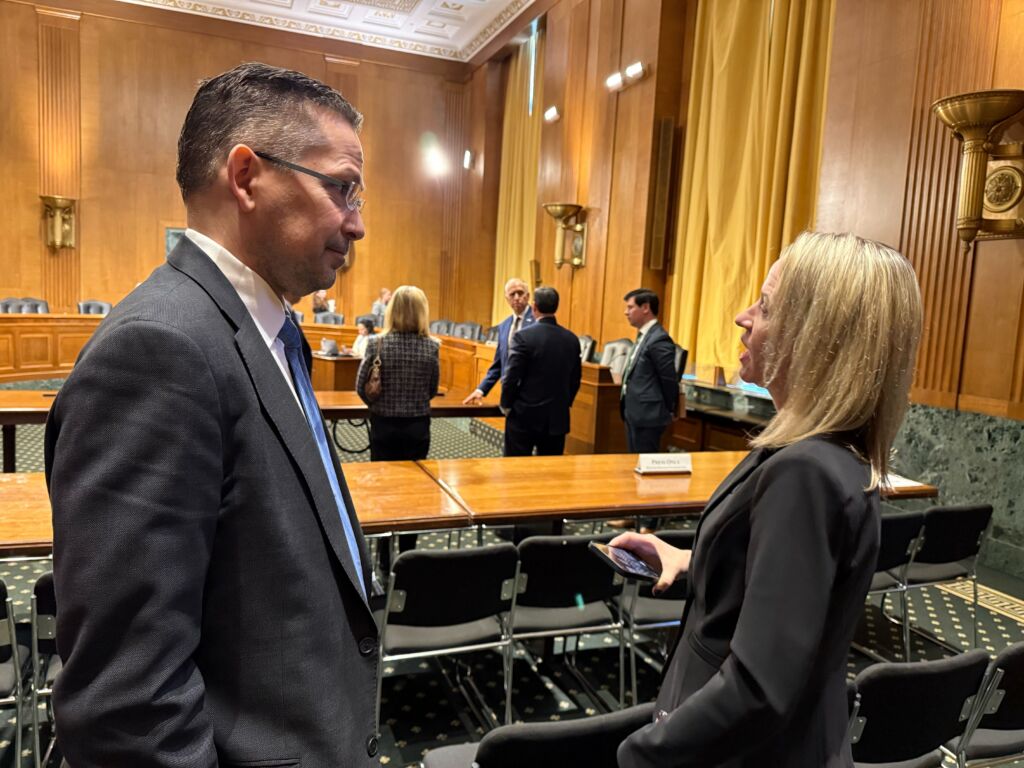
Dispatches from Camp: Updates from the CEO
March 27, 2025
David Camp, NOSSCR CEO and General Counsel
As we look ahead to the likely soon-to-be-confirmed Commissioner of Social Security Frank Bisignano, I want to share with you my observations and what I expect will be his approach related to our mission.
When I met with Commissioner-Nominee Bisignano on February 25th at Fiserv headquarters, we talked about the issues raised by various Senators—including some critical to our agenda, such as ending reliance on the DOT. But, it was when I gave him our arguments about the need to reprogram the way the agency obtains health data—transitioning from a system that bakes in delay, cost, mail, paper, and TIFF images, to one that enables the agency to immediately and cheaply obtain health data—that I saw real engagement. The topic of saving money, time, and increasing accuracy through better use of data seemed to really resonate. “Now I want the job tomorrow.”
So far, that’s the Frank Bisignano I know. He seems open to ideas and excited about bringing his experience to Social Security. While it’s true that NOSSCR’s current talking points aren’t the same as they were last year, and they may be different still next year, we have to seize the current moment to gain what we can where we can. The political realities are what they are, but that doesn’t mean there isn’t progress to be made, dials to be turned, advances that can benefit our practice and our claimants. As a membership organization of claimants’ representatives, we are uniquely positioned to appreciate the full scale of Social Security’s customer service and due process failures. No, we don’t consider them particularly accurate in their decisions. Nor do we believe that SSA has made every payment on time for 90 years (apologies to the politicians)—they make payments to our clients and to us years too late. We sit on hold, experience the “polite disconnect” (yes, that’s the SSA term), review initial denials ignoring non-exertional impairments, collect evidence by paper that is offered to SSA digitally, and endure “testimony” about numbers of jobs that haven’t existed since 1970. We talk to claimants more than SSA does. We hear them cry, we know their stories, and we get the hug when they win.
For now, we need to take full advantage of the nominee’s openness to our descriptions of the failures of Social Security—in areas small and large. I have delivered NOSSCR’s message and the story of representatives to hundreds of powerful people in SSA and on Capitol Hill. Very few lean in, but Bisignano did. And that’s why NOSSCR is taking the inside path in this trying time. We know things aren’t perfect. As individual representatives, we are frustrated and worried right along with you. But as your organization, your voice on the inside, we’ll stay in the room and pick our battles because we need to protect our practice area and our clients. We’ll remain in the conversation because SSA and the Commissioner-Nominee need our expertise, our lived experience, and our passion. There are highly capable advocacy groups raising the alarm right now over issues of serious concern—they are our friends and allies, and we support the diligent and necessary work that they are currently undertaking. But there are no other groups like ours that can help every agency component see their mission through the experiences of their customers. SSA wants our help, as does the nominee, and so they’ll get it.
This brings me to a leading item on the commissioner-to-be’s agenda—the use of AI to assist disability examiners, judges, and all SSA staff (including those in the call centers). During his confirmation hearing testimony on March 25th, Bisignano described the possibility of AI revealing better answers for SSA’s call center staff. SSA already uses a variety of AI and AI-related tools such as Imagen to analyze their massive data sets or flag possible listings for disability examiners. In coming years, I expect the adoption of AI to drive disability policy change as much as it improves operations. NOSSCR must play a lead role in guiding SSA through this adoption, without degrading due process and the basic principle of “reviewability.” Humans must make the final decisions, and there must be a way to consider a record on appeal.
My recent activity has included launching NOSSCR as a leading voice on these topics. Along with Jen Burdick, Henry Claypool, and Tracey Gronniger, I am a co-chair of the National Academy of Social Insurance’s “Task Force on AI, Emerging Tech & Disability Benefits.” Building on excellent work done by principal investigators Chantel Boyens and Jack Smalligan, we’ve produced a report outlining principles and guardrails that will help SSA in the years to come. The report will survey what’s been learned from other use cases, programs, and sectors. The final report should be ready very soon, and we will share it widely. Perhaps more important, we’re already working productively with SSA on how to maintain an open and collaborative permanent engagement—with external stakeholders helping and holding SSA accountable.
On April 3, from 10:30am to 2:30pm ET, Social Security is hosting a stakeholder forum (online and in person): “Safeguarding Success: Protecting Our Programs in a Digital Age.” I’ll be joined by Acting Commissioner Dudek, Chad Bungard and Adam Schneider of SSA’s OIG, Dan Chenok from IBM, Tracey Gronniger from Justice in Aging, Jack Smalligan from Urban Institute, and Wes Turbeville from ID.me. You can register to attend in person or virtually here (registration deadline in Monday March 31st). Our focus will be on “addressing fraud, waste, and abuse in the digital age” with particular attention to the effects of AI. I hope you can attend.
As always, it is a privilege to serve as your professional association’s CEO. Thank you for your membership.
For daily updates on the latest Social Security happenings, follow me:






